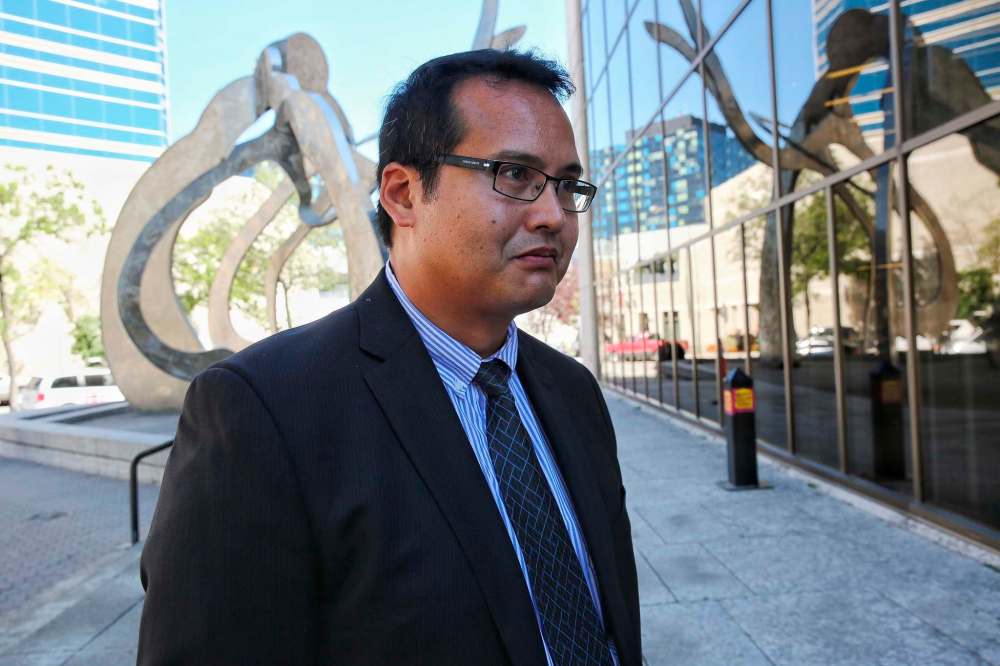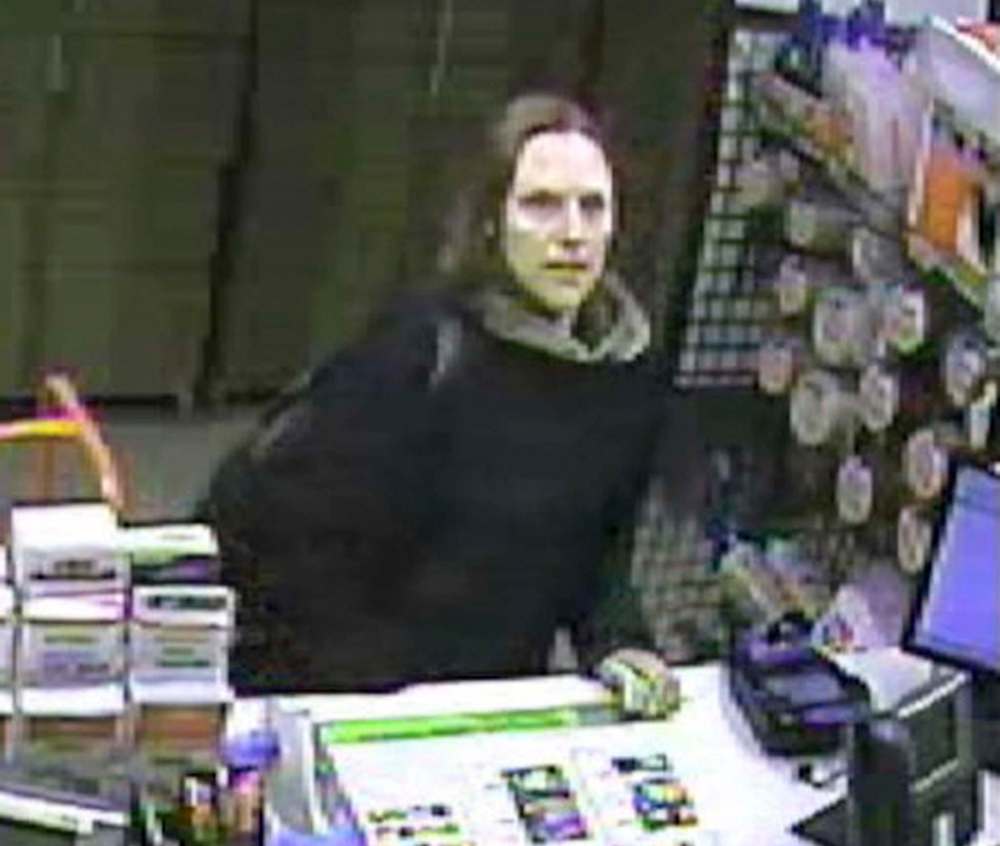Pathologist reveals grisly autopsy results at trial of mom accused of hiding dead babies
Advertisement
Read this article for free:
or
Already have an account? Log in here »
To continue reading, please subscribe:
Monthly Digital Subscription
$0 for the first 4 weeks*
- Enjoy unlimited reading on winnipegfreepress.com
- Read the E-Edition, our digital replica newspaper
- Access News Break, our award-winning app
- Play interactive puzzles
*No charge for 4 weeks then price increases to the regular rate of $19.00 plus GST every four weeks. Offer available to new and qualified returning subscribers only. Cancel any time.
Monthly Digital Subscription
$4.75/week*
- Enjoy unlimited reading on winnipegfreepress.com
- Read the E-Edition, our digital replica newspaper
- Access News Break, our award-winning app
- Play interactive puzzles
*Billed as $19 plus GST every four weeks. Cancel any time.
To continue reading, please subscribe:
Add Free Press access to your Brandon Sun subscription for only an additional
$1 for the first 4 weeks*
*Your next subscription payment will increase by $1.00 and you will be charged $16.99 plus GST for four weeks. After four weeks, your payment will increase to $23.99 plus GST every four weeks.
Read unlimited articles for free today:
or
Already have an account? Log in here »
Hey there, time traveller!
This article was published 29/08/2016 (3357 days ago), so information in it may no longer be current.
Warning: This story contains graphic details
One infant’s remains were dried until they were hard as rock. Another’s had nearly liquefied in a plastic bag with just a skeleton and maggots inside.
The trial of the Winnipeg mother accused of hiding the remains of six dead babies in a storage unit resumed Monday with some grisly testimony from a pathologist.

Dr. Raymond Rivera performed autopsies on the remains of six infants found in October 2014 in a storage unit that Andrea Giesbrecht rented on McPhillips Street.
Giesbrecht, 42, is charged with six counts of concealing a child’s body.
All of the remains were so decomposed that Rivera was unable to determine how the babies died or if they were alive at birth, he told provincial court Judge Murray Thompson. The sex of the infant couldn’t be determined in every case — not even from the bones, court heard.
Unknown Infant No. 1 was male and estimated to be at 40 weeks gestation — past full term, Rivera said, adding he took measurements of the bodies to determine the ages. When they were so badly decomposed that just the skeleton was left, a radiologist X-rayed the bones that were measured by an anthropologist to determine the babies’ gestational ages.
Anthropologist Emily Holland testified Monday afternoon that she checked the dental age, long-bone growth and skull development of the infants’ remains to estimate their age. When cross-examined by defence lawyer Greg Brodsky, who often referred to the infants as “products of conception” Holland said she saw no signs of skeletal trauma.
The infants are estimated to have been from 31 weeks gestation — such as Unknown Infant No. 6, a boy whose body pathologist Rivera said was found under a white powdery substance in a pail and “rock hard” — to 40 weeks gestation or past term for Unknown Infant No. 1, also a boy, Rivera testified.
The only confirmed girl, Unknown Baby No. 4, was estimated to be at 34 weeks gestation, said Rivera. Her remains were found in a plastic bag.
Giesbrecht showed no emotion while Rivera described his autopsy findings in graphic detail in response to questions from Crown prosecutors Sharyl Thomas and Debbie Buors.
Two of the infants’ remains were found in white plastic pails, he said. Unknown Infant No. 6 was dried out and “rock hard” after it had been covered with a white powder. It had to be soaked in a saline solution to soften the tissues so they could conduct an autopsy, said Rivera. The remains of Unknown Infant No. 5 were found beneath a reddish-brown substance that had hardened into a concrete-like disc, Rivera said. Other infants’ remains were found in plastic bags — one was placed in a backpack and another was in a maroon duffle bag, court heard. Some still had an attached umbilical cord and the placenta was placed in the bag.
When cross-examined by defence lawyer Brodsky, the pathologist said there was no way of determining whether they were liveborn or stillborn babies.
“I didn’t find any evidence the infants had any sort of life after birth,” said Rivera. In one of the babies, the lungs collapsed from decomposition so it was impossible to tell if it had ever taken a breath, he said. “It was too rotted for me to make that determination,” he said.

“Some of the bodies were just bones,” said Rivera. “I was not able to look at the soft tissue.” Of the four babies that still had enough soft tissue intact to examine, he saw no signs that they were injured before they were born or after they left the womb.
In an interview outside the court, Rivera was asked how the autopsies he conducted for the Giesbrecht case rank among the estimated 1,200 autopsies he’s conducted over the course of his career.
“I can say it’s one of the most unique cases,” said Rivera. He wouldn’t comment on what impact the autopsies had on him personally — spending days examining infant remains in varying stages of decomposition.
“I can’t say that it hasn’t had an effect on me,” said Rivera. “I still have to be objective.”
Court had previously heard that DNA evidence suggested Giesbrecht and her husband were the biological parents of the dead babies.
On Tuesday, Giesbrecht’s trial resumes.
carol.sanders@freepress.mb.ca

Carol Sanders
Legislature reporter
Carol Sanders is a reporter at the Free Press legislature bureau. The former general assignment reporter and copy editor joined the paper in 1997. Read more about Carol.
Every piece of reporting Carol produces is reviewed by an editing team before it is posted online or published in print — part of the Free Press‘s tradition, since 1872, of producing reliable independent journalism. Read more about Free Press’s history and mandate, and learn how our newsroom operates.
Our newsroom depends on a growing audience of readers to power our journalism. If you are not a paid reader, please consider becoming a subscriber.
Our newsroom depends on its audience of readers to power our journalism. Thank you for your support.
History
Updated on Monday, August 29, 2016 6:50 PM CDT: Updates with writethru
Updated on Monday, August 29, 2016 8:55 PM CDT: Corrects typo






